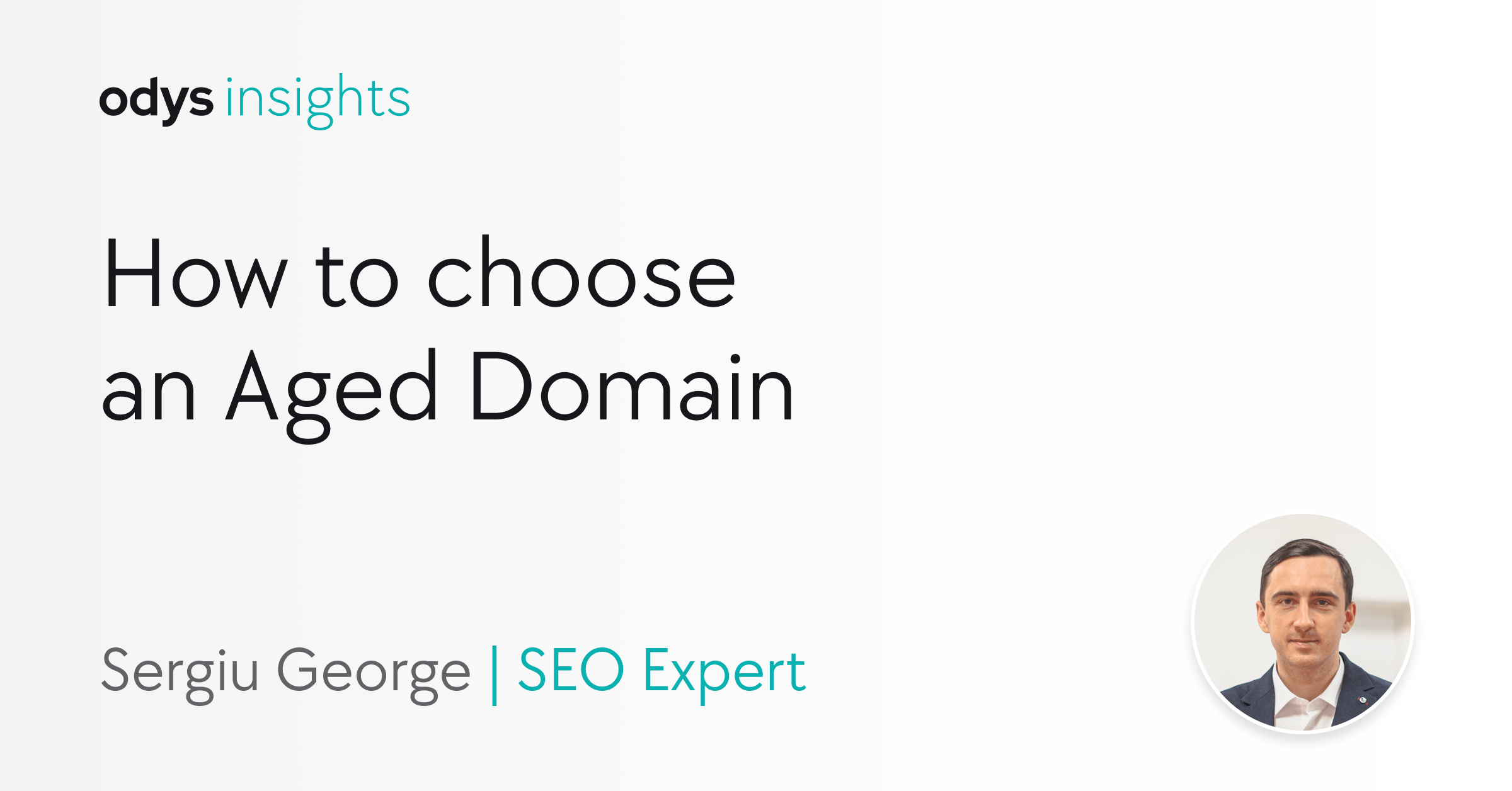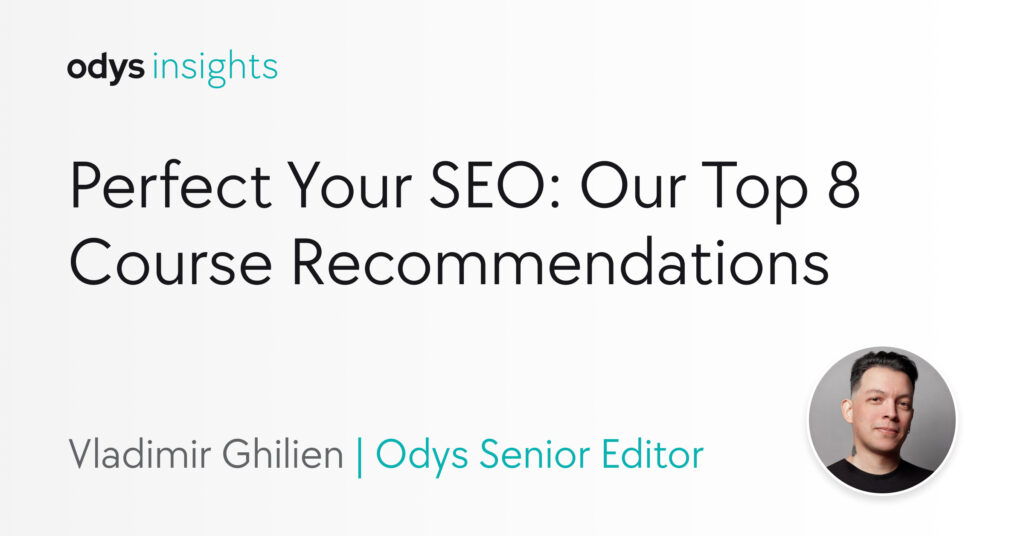Choosing a domain name can be difficult, but it doesn’t have to be if you follow protocol. Aged domains are aftermarket domains that are in a really sweet spot when it comes to backlinks and brand mentions from around the web. This, when employed by a new website, helps to skip the Google Sandbox by allowing websites to rank and start generating revenue much faster than when launching a website on a fresh/brand new domain.
There are several ways you can employ to discover and start purchasing aged domains and one of the most popular options is auctions. After the grace redemption period, at which point the owner can still renew the domain, the domains enter a period called “deletion period” at which point most registrars will consider the domain to be expired and may put it up for auctions.
The Challenges of Domain Hunting at Auctions
Godaddy Auctions starts its pricing from anywhere between $10 to $12 and this can go up to several tens of thousands. But here are several challenges that you need to navigate to successfully purchase a niche-relevant aged domain.
- Significant time investments
First of all, you must begin with the idea that the chances of you acquiring a niche-relevant aged domain are quite slim. The reason for that is because it requires significant time investments over long periods to simply find a relevant aged domain and this doesn’t even guarantee purchase, since the domain always goes to the highest bidder.
- Unjustified pricing
Once you finally spot a niche-relevant aged domain it puts you under a lot of pressure to place the bid in just the right price bucket and this sometimes can easily go out of hand. The reason for this can be inaccurate estimations of their true value by their owners and, among other things, the lack of domain information.
- Lack of domain information
The domain auctions websites generally do not make domain owners publish much information about their domains and there are generally no strict rules on how much information should be made available about the domain’s history. This means potential buyers have to do their own due diligence, which often involves the use of paid tools, to assess a website’s domain authority (Moz), domain rating (Ahrefs), and backlink profile. This also implies that potential buyers have the necessary skills to spot troublesome domains.
- Some domains can be penalized by Google
As previously mentioned, domain owners aren’t required to upload much information about the domains they sell, so without prior verification, the potential buyers may end up buying a domain that is penalized by Google. In these instances, you may end up having trouble showing up the website in Google SERPs. If you want to find out whether a domain you want to get is penalized or not, the best thing you could do is reach out to us and let us handle it for you.
- Some domains can have spammy backlinks pointing to them
The importance of a strong backlink profile is well-known within the SEO community. So at first sight, getting a domain name with a high number of backlinks pointing to it may seem like a huge plus. However, this may turn against the website owner if those backlinks come from spammy websites or private-blog networks which may eventually lead websites to get penalized or have their rankings tanked by new algorithm updates.
In order to prevent this, potential buyers will need to perform a backlink profile check, which may also involve the use of a paid tool like Ahrefs’s backlink profile checker. With accurate due diligence utilizing the Ahrefs tools, you can verify most of this information and find key metrics independently. However, it might be a lot less time-consuming and easier to find a marketplace for aftermarket domains, one like Odys Global.
Things to Consider When Choosing Your Domain Name
There is a whole range of considerations you must go through before choosing a domain name.
- Brandability
One of the most important considerations when choosing a domain name is its’ brand-ability. Whatever name you choose it’s crucial for it to be easily identifiable and easily retainable in the customer’s mind.
- Premium vs Regular domain names
What differentiates a premium from a regular domain name is that premium names are normally shorter, easy-memorable names that also normally come with the premium price tag.
- Aftermarket domains vs new domains
Aftermarket domains are plentiful, usually in the millions. However, when it comes to narrowing down this list to a manageable few that are brandable, free from spam, and containing a certain amount of authority over a topic of interest, you may end up being down to a handful of options, if any.
Aftermarket domains with a certain age behind them bring a degree of trust on the internet that a new domain is not capable of competing with within SEO terms. In other words, the domain age and the authoritativeness behind its backlink profile in the context of its niche relevancy is putting the websites built on them in dominating organic rankings positions compared to new domains. Given the age of the domain and a stronger backlink profile, this could also serve as a reason for the web pages to be crawled more often and ranked earlier, by skipping the so-called “Google Sandbox”.
Benefits of Using aged domains
For those that can leverage the power of brandable aged domains, the benefits can be abundant. However, this does imply the potential buyer is capable of leveraging the niche-relevancy of the domain in a manner that allows the link juice to flow freely onto the new venture, be it a new website built on an aged domain or a redirect to an existing website.
- Benefits of buying directly from a marketplace as opposed to an auction
Marketplaces like Odys Global go a long way to establish the trust and authority in the industry for having powerful aged domains which lay dormant ready to be ignited. The benefits of purchasing from a marketplace compared to auctions are plentiful, among the most important being the fact that the domains are split into industry groups which allow for easy segmentation according to the niches you’re interested in.
Secondly, the marketplace provides a significant amount of information on each domain, including details on what the domain used to be in its former life, how aged it is and what its backlink profile looks like. Not to mention the fact that Odys checks each of its domains for trademarks and Google penalties, so you can be confident that buying an aftermarket domain won’t turn rogue on you.
- Already has links from reputable sources which are difficult to replicate
The most valuable aspect of aged domains compared to brand new domains is that they already have an established authority for a niche-relevant website. This authority is based on backlinks coming from a number of domains. The more domains there are the stronger the backlink profile of a domain.
However, the number of backlinks or domains is not the only consideration in the equation. The relevancy of those backlinks and whether they bring any traffic is of equal, if not greater importance. One thing to pay attention to is how difficult it would be to replicate these backlinks and how much time and money it would save to simply have them already pointing to your domain.
- Provides a head start over new domains by avoiding the Google “Sandbox”
A brand new domain is prone to experience the Google Sandbox for around 6 months after it first went live. This means that the domain, although indexed by Google, will be very unlikely to show up in Google Search Engine Results Pages (SERPs).
Thanks to its age and existing backlink profile, an aged domain is capable of skipping the Google Sandbox and starts ranking much faster after the content on the website goes live. It should be noted however that this is only the case when the niche-relevancy of the new website is matched spot-on.
Potential Issues with aftermarket domains
- The Website was previously used as a Private Blog Network
In order to verify if a domain has been previously used as a private blog network, you may start by checking the Ahrefs outgoing links anchor texts. This can help you identify domains using commercial anchor text, which is a practice associated with Private Blog Networks. Odys verifies all its domains for being part of PBNs prior to making them available on the marketplace.
- The website is associated with SPAM
Secondly, you may also check if any of the domains former both inbound and outgoing links use spammy anchor text are simply associated with spammy domains. These may include a multitude of subdomains built on the Blogspot and WordPress domain having a DR of zero. Again, Odys steps in to verify its domains for SPAM before making them available on the marketplace.
- There are hidden low-quality links
If the domain used to host a website that had links from websites with thin or duplicate content, it may be enough evidence to believe that the website has an unnatural link profile. In case you believe some backlinks in particular to be SPAM, you may submit a disavow request to Google to de-index those links, although this may not be always necessary. As a general rule Odys sources domains that already have established authoritative brand mentions around the web, but this doesn’t mean some low-quality backlinks slip through.
- Google applied a manual penalty
The first sign a domain has received a manual penalty is that the domain is not showing up in Google. Although this is not always the case, it is enough for further investigation into the domain’s backlink profile and reason for being manually penalized. Once you discover the reason and if it is related to an unnatural backlink profile, you may submit a disavow request to clear the website off the “manual penalty”. Odys Global will never put a domain banned by Google on its marketplace, so you can stay safe from the hustle that comes with buying a domain that is banned or penalized by Google.
- The Risk of a Google update
The use of aged domains isn’t exactly new and a substantial number of websites sold on marketplaces like Flippa were built on aged domains. You can see the growth and decline of their traffic over time using tools like Ahrefs, which may also be able to show drops in traffic in the light of Google Algorithm updates.
Google is well aware of people using aged domains for SEO purposes. However, Google’s John Mueller says that: “they are cautious about punishing websites because there may be legitimate reasons for using an aftermarket domain such as reviving an old website or transferring a website to a new owner”. According to John Mueller, Google looks for instances when “people are trying to abuse the system by picking up domains that are completely unrelated to what they’ve been working on”.
Tips for Buying an Aged Domain
- Check the domain age
There are two alternative ways of checking a domain’s age. One is checking the domain’s Who.is information or alternatively, check the earliest recorded snapshot on archive.org which indicates when the domain started publishing content.
- Check Website history
In order to understand the history of a domain name, you may begin by understanding the history of the website it hosted. A reliable way to understand the history of a website is to view its content during multiple snapshots in time, something that may be possible only on Archive.org. Ideally, you want a website that has an uninterrupted history.
- Check the domain backlink profile
In an ideal scenario, all backlinks you’d want to see pointing to a domain will be backlinks from highly authoritative and relevant news websites and industry-related websites. Most of the backlinks pointing to the homepage may be considered a bonus because you can direct the link equity more quickly to your top pages without spending as much time recreating old pages for 301 redirects. Links off the back of guest posts are less valuable because they are easier to reproduce.
On the other hand, if there are a lot of irrelevant links, they can be discounted as they do not help improve the topical authority. Links that look like they were purchased can be an issue as well because Google may detect this and apply a manual penalty for violating Google Webmaster Guidelines. Ultimately, you should look for a strong backlink profile, free from unnaturally built backlinks.
- Check domain’s topical relevance within your niche
Aftermarket domains, used either for redirects or to build a fully-fledged website can only be actioned in the context of niche relevancy. In other words, using an aged domain simply for its authoritativeness and completely disregarding the website niche can have no effect or may even end up with a penalty.
- Check for trademarks
Conducting a trademark search is especially important when acquiring an aged domain because, as it often might be the case, the business has been part of an online or brick-and-mortar business in the past. At its most basic level to perform the check – search for the domain name in Google to see if anything similar appears in the search results.
If this brings no results, go to the U.S. Patent and Trademark Office (USPTO) ‘s Trademark Electronic Search System (TESS) website. Enter the brand name to see if any matches raise a red flag. Going through such a search can identify any potential trademark issues, but this is not a replacement for a professional trademark attorney.
- Check the number of indexed pages
When a website goes offline for an extended time period, the indexed pages will fall out of Google search’s index as a search engine isn’t in the business of sending searchers to dead pages. However, a few pages may remain in the index if the website went down recently or if a bare-bones version of the website was put up by a service like Odys Global.
If there are a lot of pages remaining in the Google index, this is a positive sign that the search engine still trusts the website. If, however, you enter a site: search into Google, and no pages appear in the index, that could indicate an issue with the domain such as a manual link penalty or complete removal from Google for violating Google Webmaster Guidelines.





